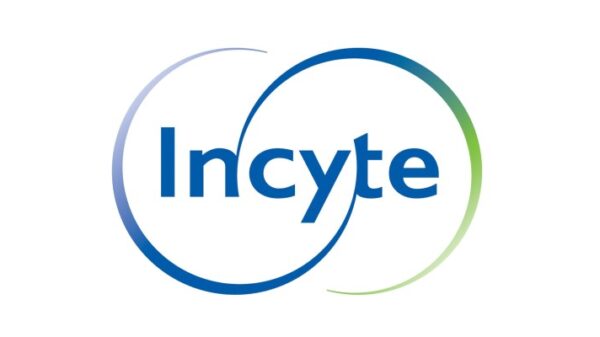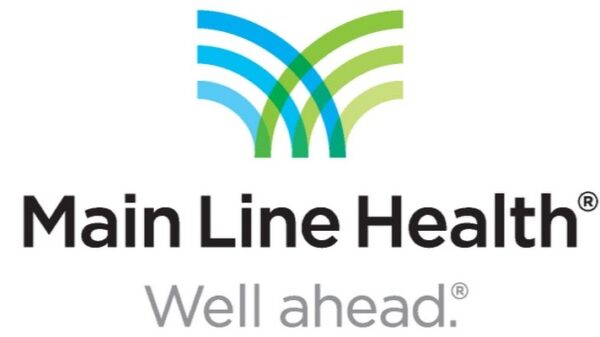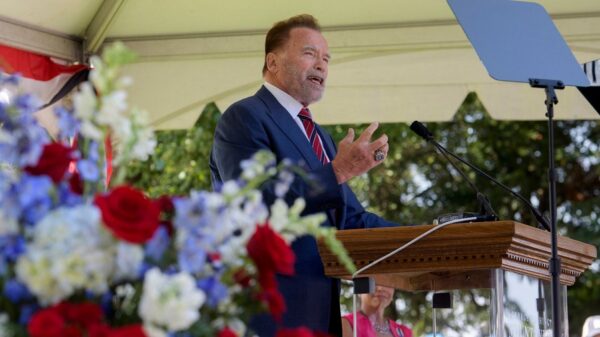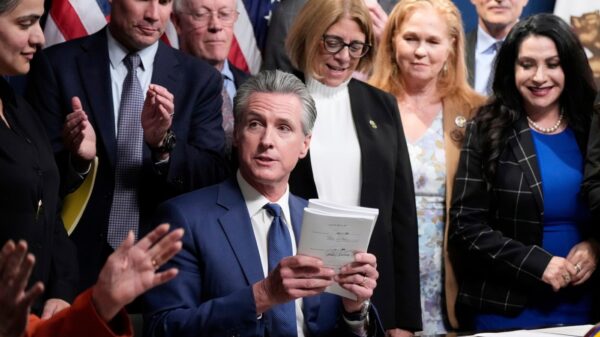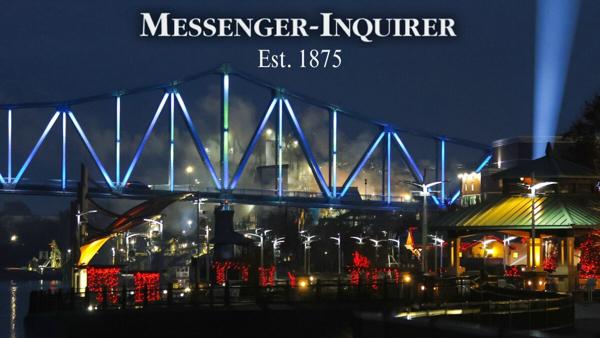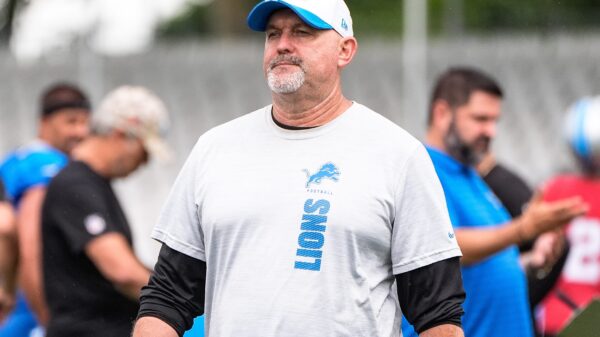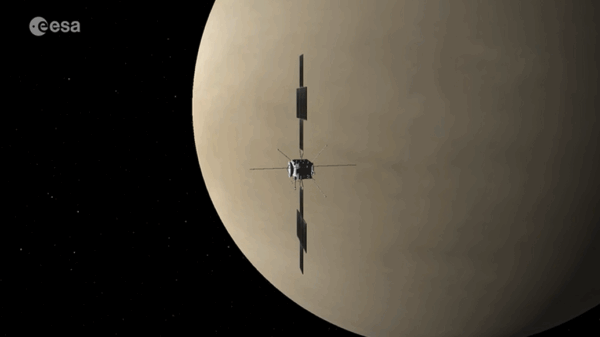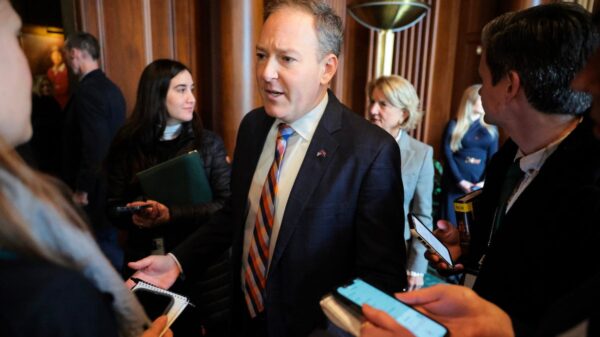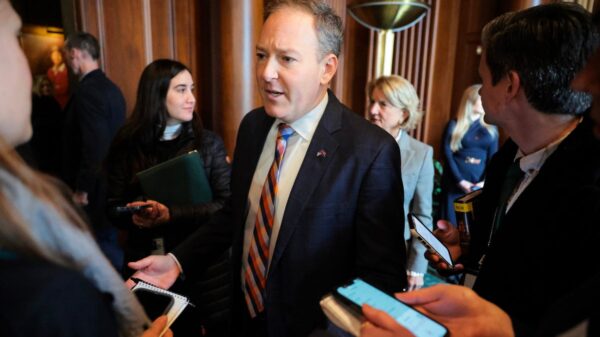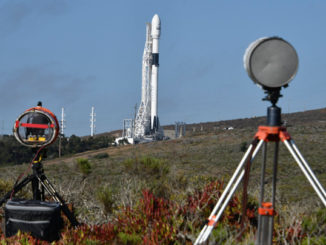The William H. Natcher Bridge, which opened its lanes to traffic in October 2002, continues to play a significant role in the economic landscape of the region, despite not achieving the projected traffic volumes. The bridge, which cost $57 million to construct, with a total project investment of $70 million, was designed to connect Daviess County to U.S. 231 in Spencer County. Nearly 23 years later, it remains an important economic driver, even as traffic patterns evolve.
During the planning stages, initial projections anticipated that traffic would reach approximately 9,500 vehicles daily by 2016. Subsequent estimates were even more optimistic, predicting that the bridge could accommodate between 35,000 and 40,000 vehicles daily. However, recent traffic counts reveal a different reality. In 2024, a count conducted at a data collection point south of the bridge recorded 8,814 vehicles crossing either direction of the Natcher Bridge.
According to Tom Lovett, coordinator for the Metropolitan Planning Organization at the Green River Area Development District, about 30.65% of these vehicles were trucks, which include a range of large vehicles. This translates to approximately 6,113 two-axle vehicles such as cars and motorcycles, and around 2,710 large vehicles crossing the bridge on an average day.
In comparison, the Natcher Bridge experiences slightly higher traffic than both the Glover Cary Bridge and the Lincoln Trail Bridge. The latest data indicates that the Glover Cary Bridge sees around 7,268 vehicles daily, while the Lincoln Trail Bridge accommodates 7,470 vehicles. Notably, truck traffic on the Natcher Bridge is substantially higher, with 30.65% of vehicles being trucks, compared to only 11% of vehicles on the Glover Cary Bridge.
While the Natcher Bridge has not reached its anticipated traffic capacity, it remains a crucial element in the broader economic development strategy for the Owensboro community. Brad Davis, vice president of business development at the Greater Owensboro Economic Development Corp., emphasizes the importance of efficient transportation links. “One of the things we tout is our access to interstates,” Davis stated, noting that improvements to roads connecting the city to Interstate 64 have enhanced the region’s economic prospects.
The construction of the Natcher Bridge began after a series of federal and state funding allocations, with significant milestones occurring throughout the 1990s. Initial funding of nearly $57 million was allocated for the project in February 1992. By August 2002, the bridge was officially dedicated, although it was not until October 21, 2002 that traffic officially began to flow across it.
The bridge has endured various challenges and changes in traffic expectations since its inception. As the local economy has evolved, so too have the transportation needs of the community. The development of the Natcher Bridge and its connection to U.S. 231 is integral to ensuring that goods and services can move efficiently through the region.
Moving forward, the Natcher Bridge is expected to remain a vital asset, despite the fluctuations in traffic. The ongoing development of infrastructure in the area, combined with its strategic location, positions the bridge as an essential link for the future of the Owensboro economy.









